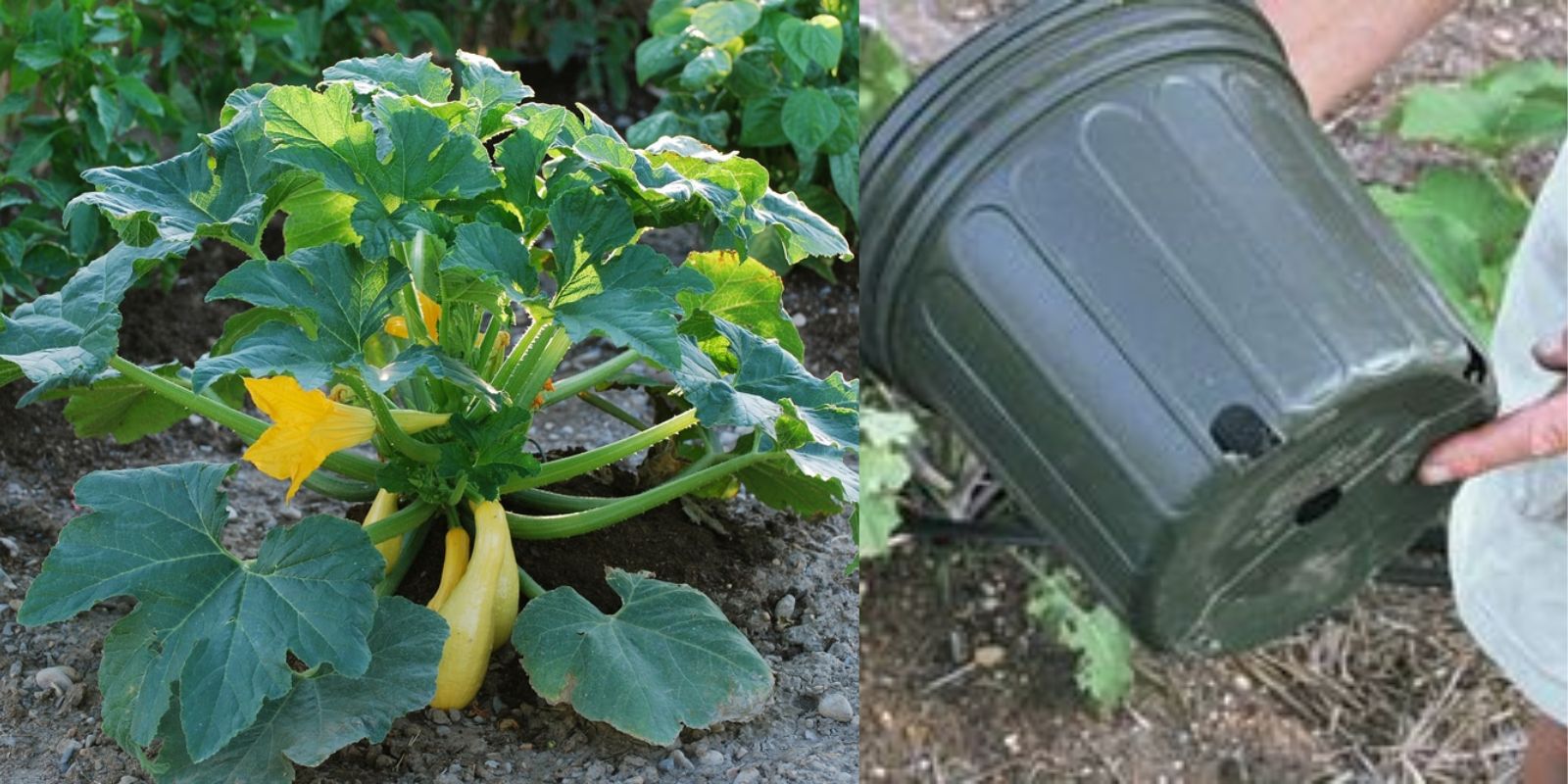Summer squash is a garden favorite, known for its quick growth, abundant yield, and versatility in the kitchen. Whether you’re an experienced gardener or just starting out, summer squash is one of the most rewarding vegetables to grow. This guide will take you step by step through the process of growing healthy, delicious squash that will thrive in your garden.
What is Summer Squash?
Summer squash refers to a group of tender, warm-season squash varieties harvested before their rinds harden. Popular types include zucchini, yellow crookneck, and pattypan squash. Unlike winter squash, these varieties are best enjoyed fresh and have a short shelf life.
Choosing the Right Variety
Start by selecting the variety that suits your taste and growing conditions:
- Zucchini: Known for its mild flavor and versatility, zucchini is a top choice for most gardeners.
- Crookneck Squash: These yellow squash have a slightly nutty taste and curved necks.
- Pattypan Squash: Small and round, these squash are perfect for stuffing or grilling.
- Straightneck Squash: Similar to crookneck but with a straighter shape, making it easier to slice.
Each variety has unique characteristics, so consider your climate, space availability, and culinary preferences when choosing.
Step-by-Step Guide to Growing Summer Squash
1. Select the Ideal Location
Summer squash loves sunlight. Choose a location in your garden that gets at least 6–8 hours of direct sunlight daily. Ensure the soil drains well to prevent waterlogged roots, which can lead to root rot.
2. Prepare the Soil
Healthy soil is the foundation for healthy plants. Here’s how to prepare your garden bed:
- Test the Soil: Squash thrives in slightly acidic to neutral soil with a pH between 6.0 and 7.5.
- Amend the Soil: Add compost, well-rotted manure, or organic matter to enrich the soil. These amendments will boost fertility and improve water retention.
3. Planting Summer Squash
Summer squash can be grown from seeds or transplants:
- Sowing Seeds: Plant seeds directly into the garden after the last frost. Sow them 1 inch deep and space them about 24–36 inches apart.
- Using Transplants: Start seeds indoors 3–4 weeks before the last frost and transplant them once the soil has warmed to at least 60°F.
4. Watering Consistently
Summer squash requires consistent moisture to grow. Follow these watering tips:
- Water deeply 1–2 times per week, depending on weather conditions.
- Avoid overhead watering to prevent fungal diseases like powdery mildew.
- Use a drip irrigation system for efficient and even watering.
5. Fertilizing Your Squash Plants
Feed your plants regularly to support their rapid growth:
- Use a balanced fertilizer (e.g., 10-10-10) every 3–4 weeks.
- Apply compost tea or fish emulsion for organic options.
- Avoid excessive nitrogen, as it promotes foliage growth at the expense of fruit production.
6. Mulching for Success
Apply organic mulch, such as straw or wood chips, around the base of your plants to:
- Retain soil moisture.
- Suppress weeds.
- Regulate soil temperature.
Supporting and Managing Your Plants
Some summer squash varieties, like zucchini, are bushy, while others may sprawl. For sprawling varieties:
- Use a trellis or vertical support to save space and improve air circulation.
- Train vines gently to climb the support structure.
Pest and Disease Management
Summer squash is susceptible to pests and diseases, but proactive care can prevent issues.
Common Pests:
- Squash Bugs: These pests suck sap from leaves, causing them to wilt. Hand-pick bugs or use neem oil.
- Vine Borers: They bore into stems and cause plants to collapse. Use row covers or apply diatomaceous earth around the base.
- Aphids: These tiny insects can weaken plants by feeding on sap. Spray plants with a mixture of water and mild soap.
Common Diseases:
- Powdery Mildew: This fungal disease appears as a white powdery coating on leaves. Use fungicides or spray with a baking soda solution.
- Blossom End Rot: Caused by calcium deficiency, this results in dark, sunken spots on fruit. Maintain consistent watering and ensure proper calcium levels.
Harvesting Summer Squash
One of the joys of growing summer squash is how quickly it matures. Follow these tips for a successful harvest:
- Harvest squash when they are small and tender, typically 6–8 inches long.
- Use a sharp knife or pruning shears to cut the fruit from the vine.
- Regular harvesting encourages the plant to produce more fruit.
Storing and Using Summer Squash
Since summer squash has a short shelf life, it’s best to use it soon after harvesting:
- Store unwashed squash in a perforated plastic bag in the refrigerator for up to a week.
- Enjoy squash grilled, roasted, sautéed, or baked into bread.
Pro Tips for Growing Superb Summer Squash
- Companion Planting: Grow summer squash alongside beans or corn to maximize space and deter pests. Avoid planting near potatoes.
- Hand Pollination: If pollination is poor, use a small brush to transfer pollen from male to female flowers.
- Succession Planting: Stagger your planting times to ensure a continuous harvest throughout the summer.
Why Grow Summer Squash?
Growing summer squash is a rewarding experience that offers abundant yields, versatility in the kitchen, and the satisfaction of cultivating your own food. By following the tips in this guide, you’ll enjoy a thriving squash patch that will delight your family and friends.
Ready to grow your best summer squash yet? Share your favorite squash-growing tips and recipes in the comments! Let’s inspire each other to cultivate vibrant and productive gardens. 🌱
🌿🍃 #SummerSquashSuccess #GrowYourOwn #HomeGardenGoals #OrganicGardening #GardenHarvest #EdibleGardening #GardeningTips

